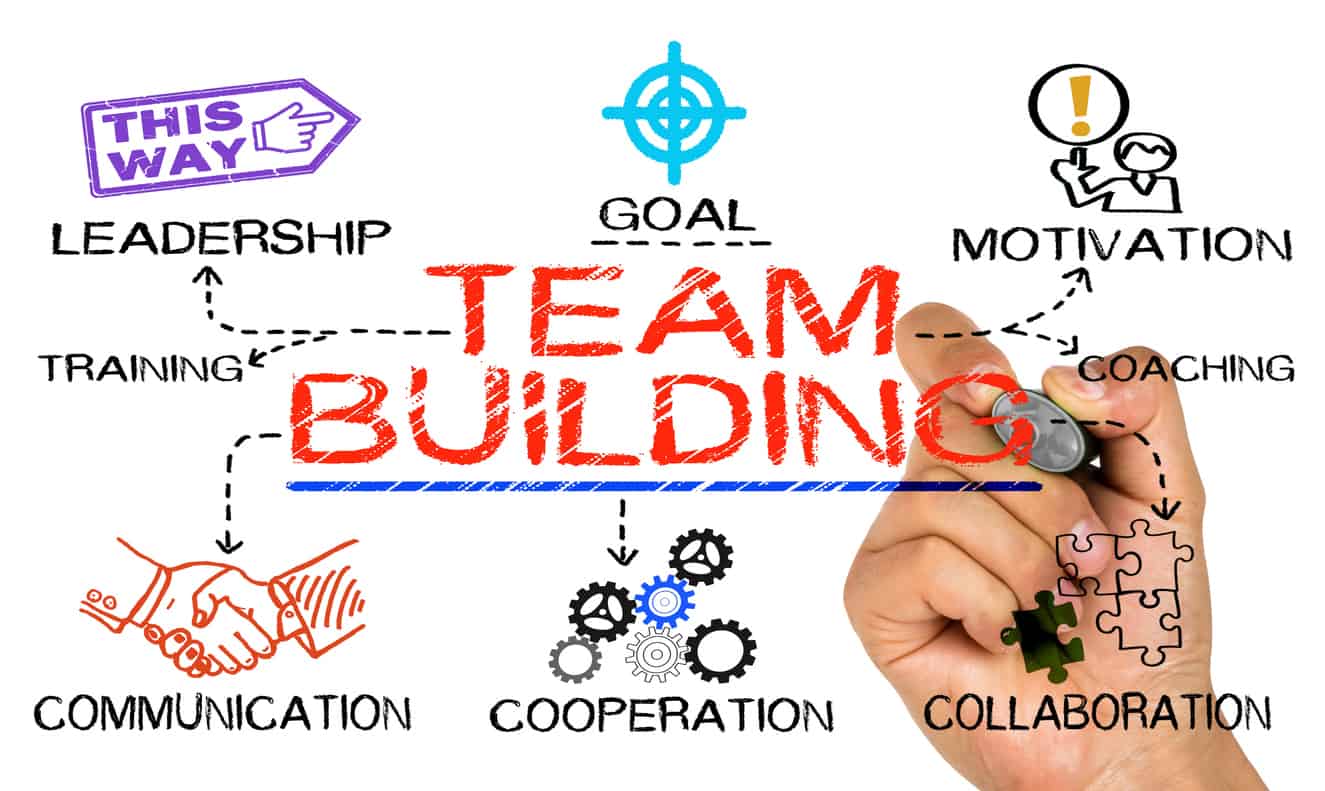5 Stages of Team Development: What You Need to Know
In the dynamic realm of collaborative endeavors, understanding the stages of team development is the compass that guides leaders toward building cohesive and high-performing teams. From the initial formation to reaching a state of optimal synergy, each stage brings unique challenges and opportunities. In this comprehensive guide, we explore the five stages of team development, offering insights into what leaders need to know to foster a culture of collaboration and success.
1. Forming: Laying the Foundation
Characteristics:
- Uncertainty: Team members may be unfamiliar with each other, leading to uncertainty and reserved interactions.
- Dependence on Leadership: The team relies heavily on the leader for guidance and direction.
- Politeness: Communication tends to be formal and polite as team members navigate new relationships.
Leadership Focus:
Establish a clear vision and objectives for the team. Encourage open communication and create opportunities for team members to get to know each other.
Tip: Conduct icebreaker activities to foster camaraderie and set the tone for a collaborative environment.
2. Storming: Navigating Conflicts
Characteristics:
- Conflicts Emerge: Differing opinions and perspectives may lead to conflicts within the team.
- Power Struggles: Team members may vie for influence or challenge the established norms.
- Testing Boundaries: Individuals assert their ideas, and the team confronts the need for a defined structure.
Leadership Focus:
Address conflicts proactively and establish clear communication channels. Foster an environment where diverse viewpoints are valued, and provide guidance to navigate challenges.
Tip: Facilitate team discussions to encourage open expression of ideas and concerns. Establish team norms to guide behavior.
3. Norming: Building Cohesion
Characteristics:
- Establishment of Norms: The team develops shared norms and expectations.
- Increased Collaboration: Members begin to appreciate each other’s strengths and collaborate more effectively.
- Formation of Group Identity: A sense of unity and shared purpose emerges.
Leadership Focus:
Reinforce positive behaviors and collaboration. Encourage the team to collectively establish norms and expectations. Foster a sense of belonging and shared identity.
Tip: Celebrate team achievements and milestones. Recognize and reward collaborative efforts.
4. Performing: Achieving Optimal Functioning
Characteristics:
- Optimal Productivity: The team operates at peak efficiency, achieving high levels of productivity.
- Adaptability: Team members demonstrate flexibility and adaptability in addressing challenges.
- Innovation: A culture of innovation and continuous improvement prevails.
Leadership Focus:
Empower the team to make decisions independently. Provide support and resources to sustain high performance. Foster a culture of innovation and continuous learning.
Tip: Encourage knowledge sharing and cross-functional collaboration. Recognize and reward exceptional performance.
5. Adjourning: Closure and Reflection
Characteristics:
- Project Completion: The team disbands due to project completion or changes in organizational structure.
- Reflection and Evaluation: Team members reflect on their achievements and lessons learned.
- Transitioning: Individuals may experience a mix of emotions as they transition out of the team.
Leadership Focus:
Acknowledge the team’s accomplishments and express gratitude. Facilitate a reflection session to capture lessons learned. Provide support during the transition phase.
Tip: Conduct exit interviews to gather feedback and insights for future team development initiatives.
Conclusion: Sustaining the Symphony
Navigating the stages of team development is a dynamic and ongoing process. Successful leaders recognize the fluid nature of teams and adapt their leadership styles to meet the evolving needs of the group. By understanding the nuances of each stage and implementing strategic interventions, leaders can cultivate a culture of collaboration, innovation, and sustained success.
In the grand orchestration of team dynamics, leaders serve as conductors, guiding their teams through the symphony of development. Embrace the journey, foster an environment of trust and communication, and let the stages of team development be the harmonious melody that leads your team toward enduring excellence.






One Comment